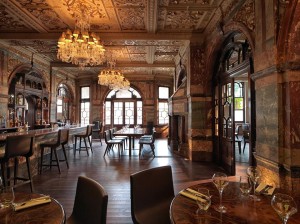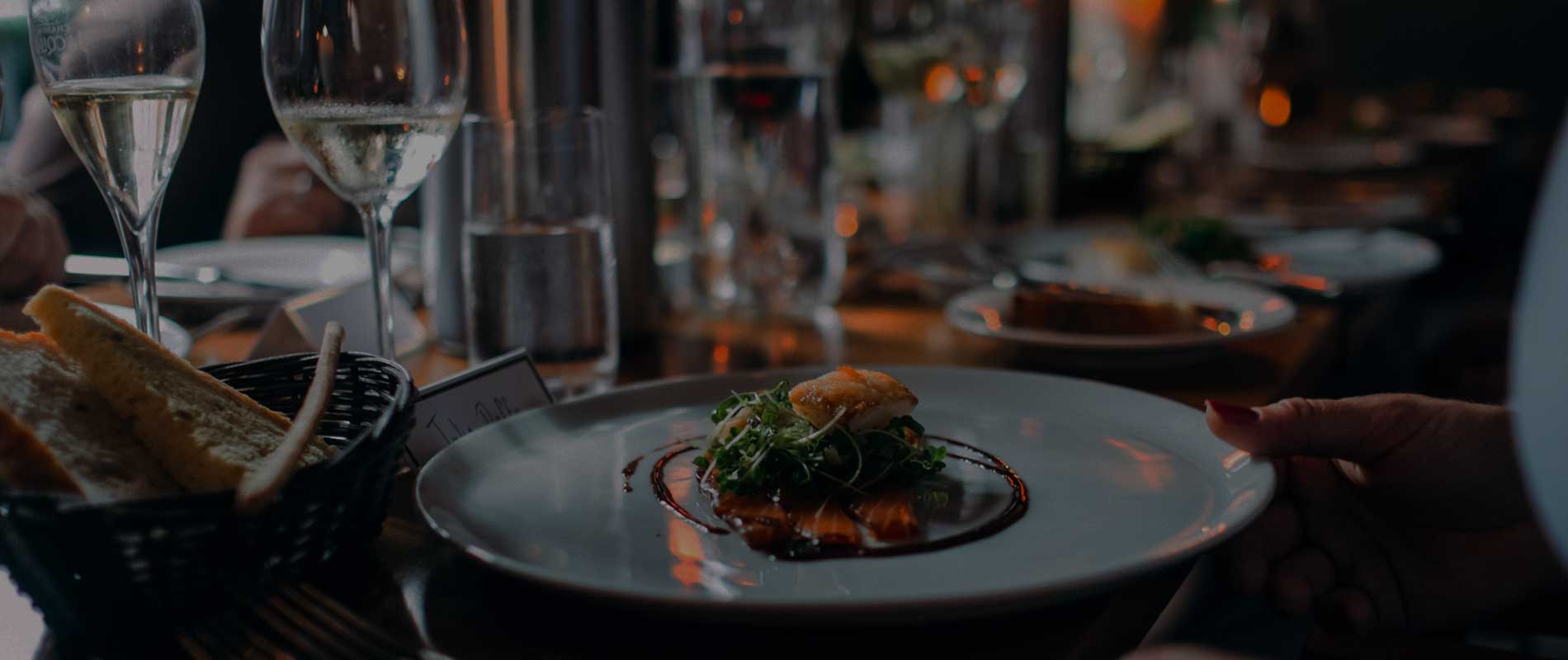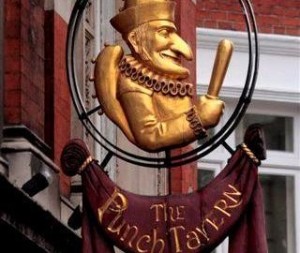 Harden’s survey suggestions for gin bars and palaces in London
Harden’s survey suggestions for gin bars and palaces in London
A magnificent Victorian gin palace rescued from an uncertain fate and given a complete makeover; it was built in 1898 as the palatial Crown Hotel by Frank Crocker who mistakenly believed the site would be adjacent to London’s newest railway station, ultimately built at Marylebone – Crocker went bust building the place, hence its name.
“Large, light and airy”, this huge tavern, in deepest Shepherd’s Bush, “has the real feel of a Victorian gin palace to it” (for which purpose it was originally built); the food is of consistent good quality, and there’s an “excellent wine list” too.
“A real winner for value”; just off Ludgate Circus, this “busy” Victorian boozer offers a good selection of food at competitive prices. The previous building on the site was renamed the “Punch Tavern” in the late 1840s because of its association with Punch Magazine which had its offices at that end of Fleet Street.
“An amazing cocktail list in the tiny gin bar” adds to the appeal of this Chiswick spot as a “good, if slightly pricey, neighbourhood go-to”; it’s “cramped” and “noisy”, though, and the “brief but sensible menu” is no better than “reliable”.
Hot Newcomers
In May Young’s reopened this Grade II listed boozer, which harks back to the gin palace tradition of Victorian times, after an extensive two year refurb.
From an ex-Gore Hotel duo, a new brasserie near Fulham Broadway which downstairs vaunts a gin bar, 510 Below, with an extensive cocktail list.
Where to drink in authentic surroundings, according to Historic England…
Grade II* listed
A rich example of a Victorian public house interior. Gents should also spend a penny in the basement WC to see some of the original tiled walls and fittings.
The Vines, Liverpool
Grade II* listed
Known locally as ‘the Big House’, this much loved local landmark has a glazed cupola, original bar fittings and two fire places.
Grade II listed
The fine pub interiors include a wall of alternating mirrors and fine paintings of Pre-Raphaelite style women set in marble and alabaster architraves.
Baker’s Vaults, Stockport
Grade II listed
Previously known as the George and Dragon, The Baker’s Vault was built around 1775 and rebuilt in the gin palace style in 1861. It reopened in July 2014 after a seven month closure and it is hoped that the revitalised pub will bring much needed regeneration to the market area of Stockport.
Grade II* listed
Magnificently elaborate, the entrances have ornate wrought-iron screens and elaborately tiled lobbies and mosaic. The large room at the front was at one time a concert room. Sip your G&T in the large billiard room beneath the vine painted glass roof.
Grade II*
When the Tottenham was built it was located a few doors down from the Oxford Street Music Hall and there is something of the palace of varieties about its interior. One of the best-preserved pubs in London.
Barton Arms, Birmingham
Grade II* listed
The best example of its kind in Birmingham, the Barton Arms retains a complete suite of Public Bar, Saloon-Smoke Rooms, Club Room, Committee Room and Billiard Hall.
Grade II* listed
Although only a stone’s throw from Oxford Circus, parts of this pub are little changed from Victorian times. Particularly impressive are the large mirrors which miraculously survived the blitz.
The Philharmonic Dining Rooms, Liverpool
Grade II* listed
Look out for stone sculpture of musicians and musical instruments amid the rich copper and glass interior. Another perk for the gents’ – the toilets survive in their original decorative design.






